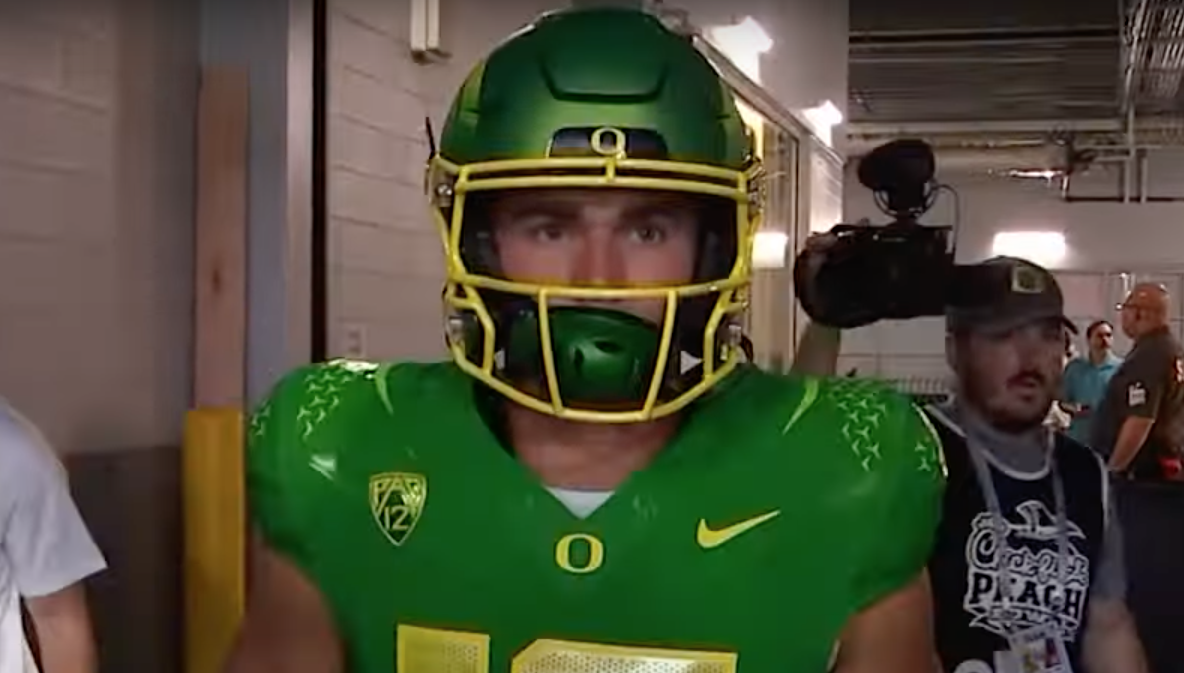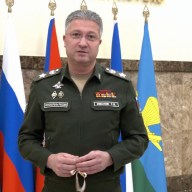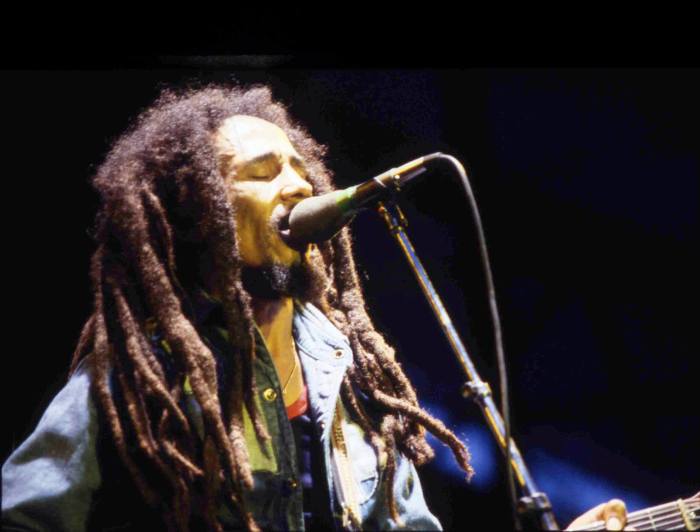 Director Matt Reeves is seen on the set of “Dawn of the Planet of the Dead.”
Director Matt Reeves is seen on the set of “Dawn of the Planet of the Dead.”
Credit: Twentieth Century Fox Film Corporation
Matt Reeves got his start in small independent films, like “The Pallbearer,” and TV, like “Felicity.” But he has another side: the one that directed “Cloverfield” and the “Let the Right One In” remake “Let Me In.” His latest is “Dawn of the Planet of the Apes,” the second in the rebooted franchise. But he says the experience of doing big movies and small ones aren’t that different — well, except that some of the actors are running around the woods in unitards with motion sensor dots all over them.
You were too young to watch the original films when they first came out, but was it a franchise you loved as a kid?
I was obsessed with “Planet of the Apes.” I had the dolls, the tree house set, comic books, records. I really was deeply affected by the sight of apes on horseback and that whole world. Then I got into “Beneath the Planet of the Apes.” That was one of the scariest movies I’d seen at that point — where [the human mutants] take off their masks and are praying to the bomb. Before videotapes, they had these Super 8 reels that had bits of the movies chopped down into eight minutes of scenes from the movie. I watched the “Beneath” one until the sprocket holes broke.
Those films are much darker and crazier than their reputation.
That’s what so exciting about the franchise: Having intelligent apes give you the cover to do a drama. Our ambition was to do a movie about our nature and our inability to resist violence. That’s timely to what is going on right now, our inability to coexist. Looking into the face of apes is really looking into the faces of ourselves.
This is about war, but there are no villains, and even the most hissable characters have their reasons.
The movie for me was about empathy. If you’re going to do an anatomy of violence, there can’t be an easy answer. Every character needs to have validity to their point of view. Koba virtually went through an ape Holocaust. He was experimented on by humans in a lab. And it was important for Gary Oldman’s character to be relatable. You have to think about all he’d lost. He’s not dying to go to war. But he wants to be prepared. We wanted to see what it was like to watch a slow-motion trainwreck. You know this is “Planet of the Apes,” that they don’t work things out. So what goes wrong?
 Caesar (Andy Serkis) does his best to play leader in “Dawn of the Planet of the Apes.”
Caesar (Andy Serkis) does his best to play leader in “Dawn of the Planet of the Apes.”
Credit: WETA
What did you want to do differently from the last one?
The thing I really responded to in “Rise” was that it was the first time I’d had that level of emotional connection in a film to a character who was CG. As a kid I always wanted to be an ape, but it was more about John Chambers’ makeup and how they looked. I came out of that movie thinking I just got my wish, but in a way I never expected, which was that the most human character in the story was not human.
What does the set look like when you have people running around in motion-capture outfits?
It looks vaguely ridiculous. If you’re on the outside of it you see Andy Serkis and Toby Kebbell and Judy Greer wearing tight gray flannel unitards with dots all over them and over their faces, and this helmet staring at their faces to capture all the fine details of their facial movements. It looks like some weird S&M thing. But I wanted to push the photoreality in the film further. Where “Rise” was shot 75 percent on a stage, we shot about 90 percent on real locations. And I wanted to shoot in difficult locations. With the ape civilization I wanted us to be in the rain and in the elements.
Does the technology make it at all difficult to direct actors?
My big fear coming into this was that the technology might be an obstacle to working with the actors. In fact, it turned out to be exactly the same. Despite being the most advanced mo-cap movie to date, the actual fundamental process was no different than when I’d made tiny independent films. The way you work with Andy Serkis [who reprises the role of Caesar] is the same as working with any actor. The reason you’re affected by Caesar in “Rise” is because Andy’s performance is affecting. WETA [the effects house] is able to translate that performance onto a different anatomy. Andy does not look like an ape. They find a way to convey those emotions on a different landscape, which is a landscape of the face of an ape. People like Andy’s performance in the movie; what they like is Andy’s performance.
What about the experience with shooting with 3-D cameras?
Those cameras are so heavy. Each camera is two cameras, basically — one for the right eye and one for the left. It’s close to 100 pounds. And it’s all on a rig or on a steadicam, which is additional weight. We had a very large, powerful, strong steadicam operator, and after 10 takes of one shot, he said, “It’s a good thing we got the shot because I couldn’t do another.” And this is a guy in shape. He does steadicam all the time. We did almost every shot of the movie off of a crane, even the shots you wouldn’t think were on a crane. It was the only way to move the camera around.
Follow Matt Prigge on Twitter @mattprigge
















